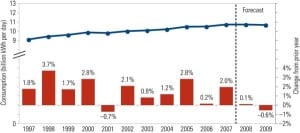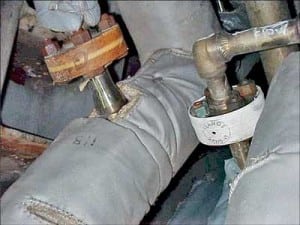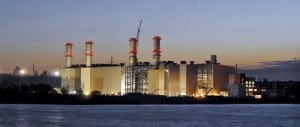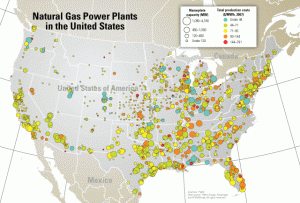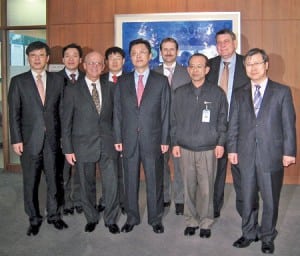Gas
-
Gas
2009 Industry Forecast: New Power Politics Will Determine Generation’s Path
The U.S. power industry’s story in 2009 will be all about change, to borrow a now-familiar theme. Though the new administration’s policy specifics hadn’t been revealed as POWER editors prepared this report, it appears that flat load growth in 2009 will give the new administration a unique opportunity to formulate new energy policy without risking that the lights will go out.
-
O&M
Stopping Natural Gas Leaks
Chances are you have endured the tedious process of removing fuel piping when maintaining just about any gas turbine, especially aero-derivative engines that are usually swapped out rather than repaired in place. One of the most time-consuming jobs after reassembling the fuel piping is checking for leaks at all the flanges. In a large frame-size turbine, that means sealing up to 64 flanges and then removing the seals after the leak testing.
-
Gas
Ontario turbine gets pressure from natural gas pipelines
Enbridge Inc., a Canadian pipeline and energy distribution and services company, and FuelCell Energy Inc. opened what they say is the "world’s first" direct fuel cell – energy recovery generation (DFC-ERG) power plant in Toronto, Ontario, this October. The innovative 2.2-MW project harvests high pressure that is used to channel natural gas over long distances […]
-
Coal
Under construction in South Africa
This summary of power generation projects is a web-only supplement to the November 2008 special report titled “Whistling in the dark: Inside South Africa’s power crisis.”
-
Commentary
How unconventional fields are powering Texas
In the 1980s, Houston wildcatter George Mitchell drilled the first well into the Barnett Shale formation that stretches through north and central Texas. He tapped into what would turn out to be one of the most prolific and valuable onshore natural gas reserves in the United States.
-
Gas
Kårstø Power Plant, Stavanger, Norway
Power supplies are looking brighter these days in the Land of the Midnight Sun now that the Kårstø combined-cycle power plant has begun commercial operation. Kårstø is Norway’s first commercial onshore gas-fired combined-cycle plant. Combining Scandinavian savvy with German engineering, this 420-MW plant showcases maximum efficiency coupled with minimal emissions.
-
Gas
Port Washington Generating Station, Phase 2, Port Washington, Wisconsin
We Energies’ Port Washington Generating Station Phase 2 is recognized as a 2008 POWER Top Plant for its design innovation and strong teamwork among the owner, contractor, and craft personnel that ensured project completion on time, on budget, and with a stellar safety record. While staying true to its historical roots, the plant will remain a good neighbor and a reliable provider of intermediate-load power to the region for many years to come.
-
Gas
Bugok II Power Plant, Dangjin County, South Korea
South Korea, one of the “Four Asian Tigers” known for their aggressive economies, is boosting its electrical capacity with the recent addition of the Bugok II Power Plant. Ranked as the top plant in South Korea because of its efficient, environmentally friendly operation, the 565-MW plant is powered by combined-cycle units that burn natural gas. Part of this project’s success derives from the fact that Bugok I and II were the first projects awarded to a foreign company by a South Korean independent power producer.
-
Gas
Frank A. Tracy Combined Cycle Plant, Reno, Nevada
At 564 MW, Sierra Pacific Resources’ Frank A. Tracy Combined Cycle Plant is the largest power project constructed in northern Nevada in 24 years and will reduce the state’s dependence on expensive power purchases from out-of-state suppliers. The project achieved a significant safety milestone by expending 1.5 million safe work hours during construction with zero lost-time accidents.

